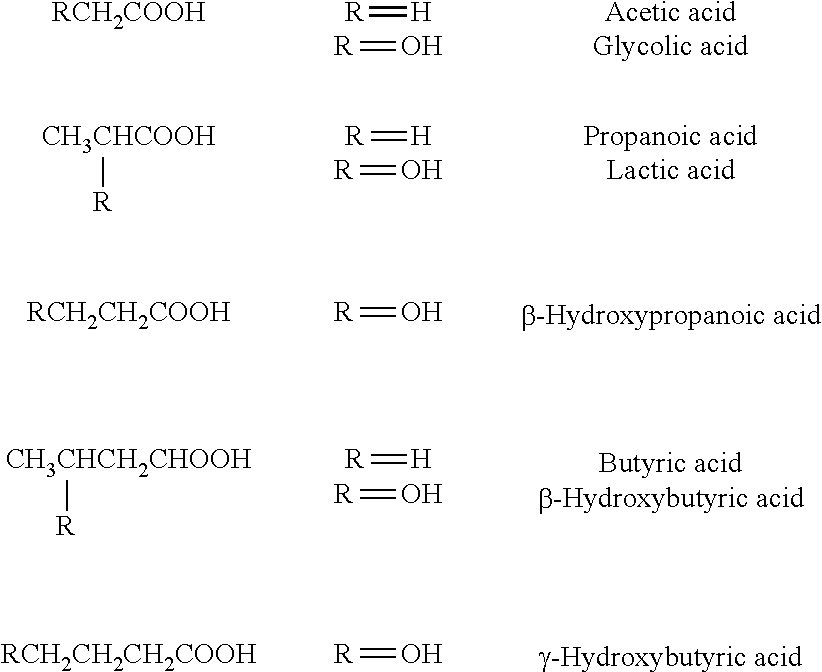High Concentration Formulations of Opioids and Opioid Derivatives
a technology of opioids and formulations, applied in the field of high concentration aqueous formulations of opioids, can solve the problems of poor compliance, inability to take drugs orally, and inability to meet the requirements of parenteral administration of opioids, so as to achieve potent and concentrated opioid formulations, improve patient compliance, and reduce the risk of infection and tissue damage
- Summary
- Abstract
- Description
- Claims
- Application Information
AI Technical Summary
Benefits of technology
Problems solved by technology
Method used
Image
Examples
example 1
Sufentanil Formulation in Lactic Acid Solvent
[0085]A formulation with a concentration of 600 mg / ml sufentanil was made by adding approximately 30 g of sufentanil to 14 ml of 88% L-lactic acid, followed by 15 ml of water, and stirring the mixture until all the solute was dissolved. Water was added to the resulting solution to give a total volume of 50 ml. The molar ratio of L-lactic acid to drug in the final formulation was approximately 2, with a final pH of 4.5
example 2
Sufentanil Formulation in Acetic Acid Solvent
[0086]A formulation of about 500 mg / ml sufentanil was prepared by adding approximately 1.03 g sufentanil free base to 0.7 mL mixture of 50:50 acetic acid:water, followed by 0.5 mL water. The mixture was stirred to dissolve. Water was added to the resulting solution to make a 2 mL volume. The molar ratio of acetic acid to drug was approximately 2.3, with a final pH of 4.6.
example 3
Hydromorphone Formulation in Acetic Acid Solvents
[0087]A formulation of about 600 mg / ml hydromorphone was prepared by adding approximately 15 g hydromorphone base to 9 mL glacial acetic acid, followed by 0.5 mL water. The mixture was stirred to dissolve the drug. Water was added to the resulting solution to make a 25 mL volume. The molar ratio of acetic acid to drug was approximately 3, with a final pH of 4.6.
PUM
| Property | Measurement | Unit |
|---|---|---|
| Concentration | aaaaa | aaaaa |
| Concentration | aaaaa | aaaaa |
| Concentration | aaaaa | aaaaa |
Abstract
Description
Claims
Application Information
 Login to View More
Login to View More - R&D
- Intellectual Property
- Life Sciences
- Materials
- Tech Scout
- Unparalleled Data Quality
- Higher Quality Content
- 60% Fewer Hallucinations
Browse by: Latest US Patents, China's latest patents, Technical Efficacy Thesaurus, Application Domain, Technology Topic, Popular Technical Reports.
© 2025 PatSnap. All rights reserved.Legal|Privacy policy|Modern Slavery Act Transparency Statement|Sitemap|About US| Contact US: help@patsnap.com

